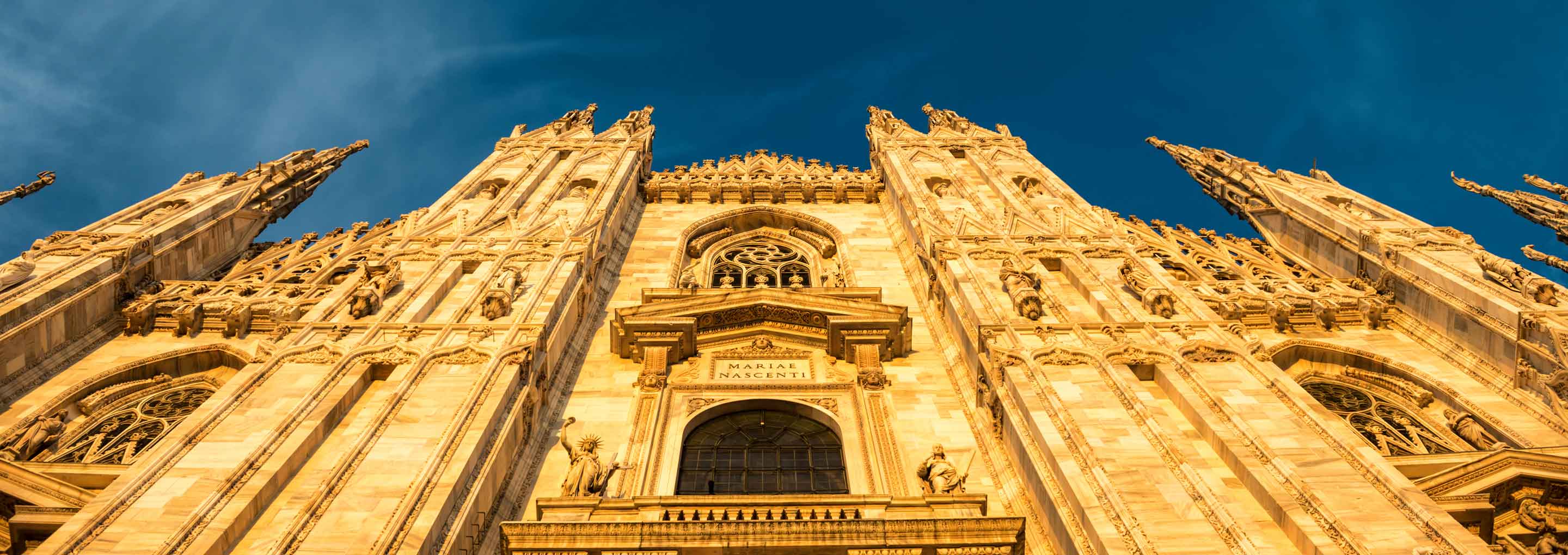Arco della Pace
The Arch of Peace is one of the central attractions in Milan with a unique history. The construction was laid by order of Napoleon I. However, it was completed after Bonaparte's defeat and was dedicated precisely to the victory over him! The structure is decorated with symbolic sculptures and bas-reliefs. At the top, there are equestrian statues that embody the triumphant march and peace. The horses are said to stand with their backs towards France, representing the defeat of France in 1815. Get directions.
